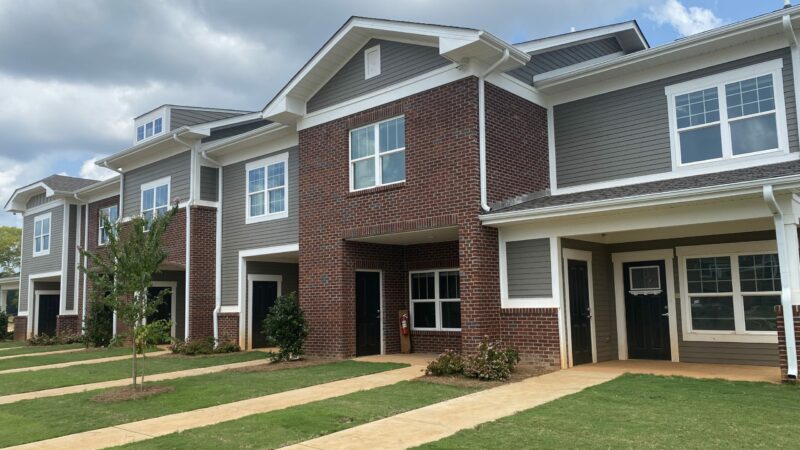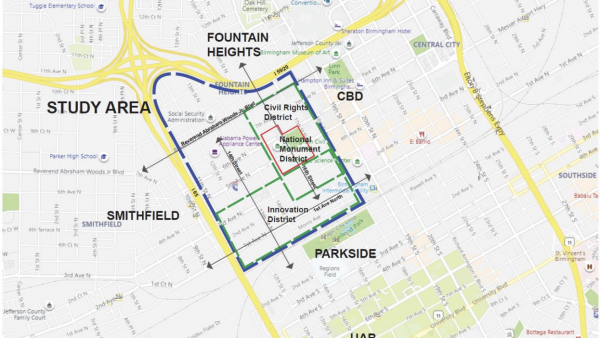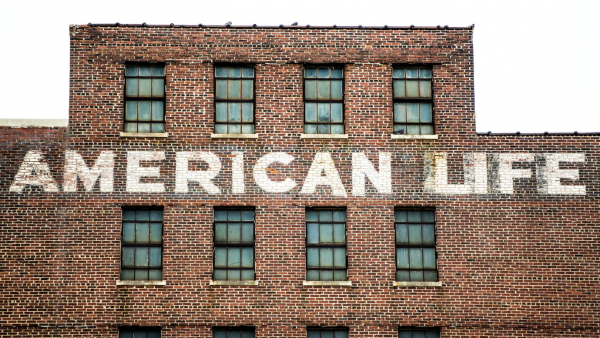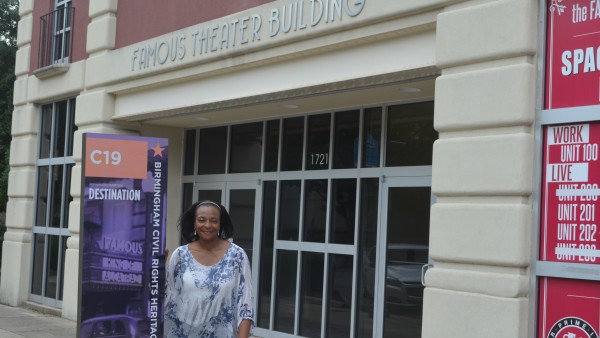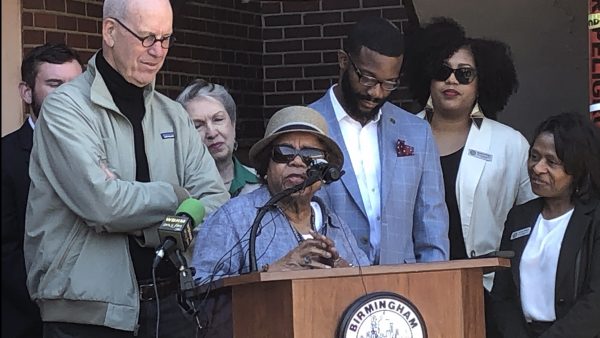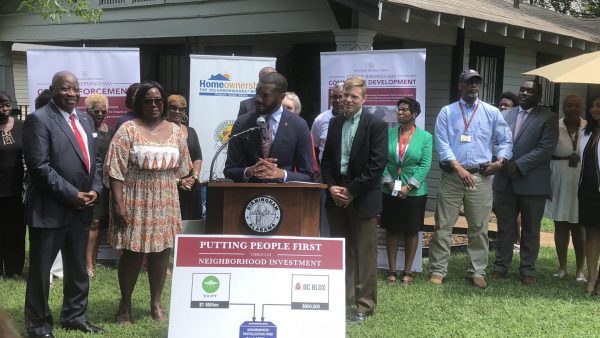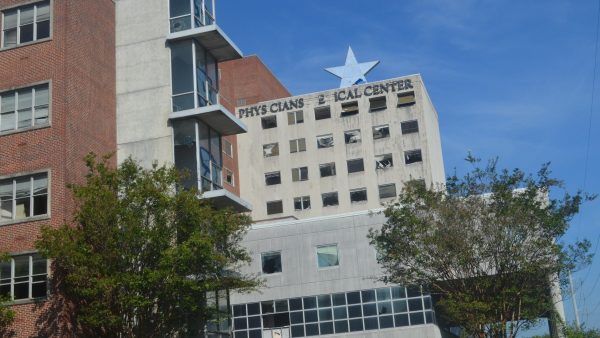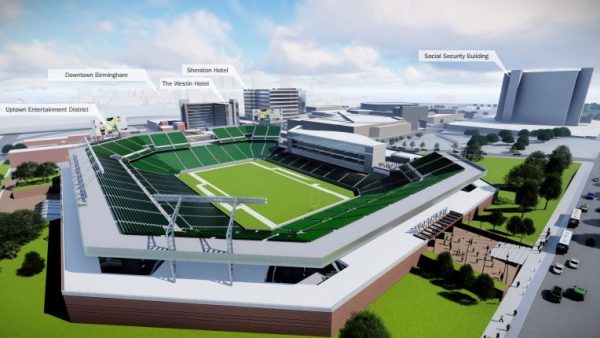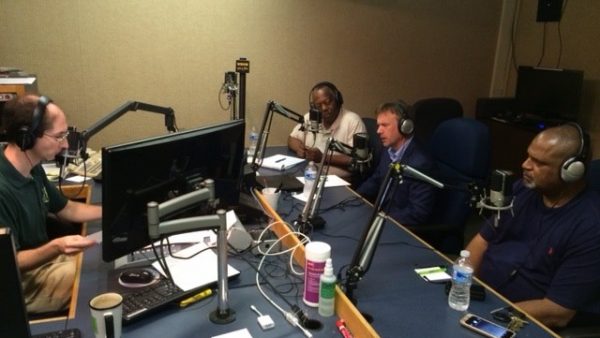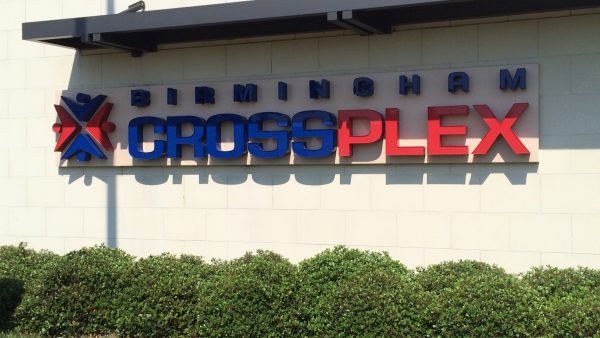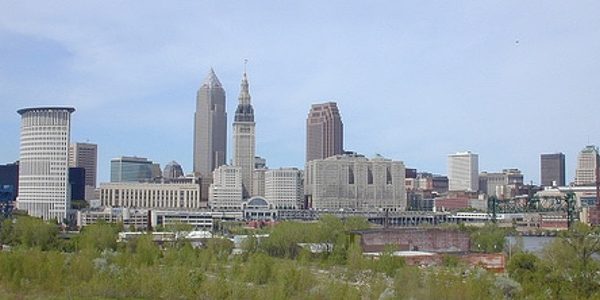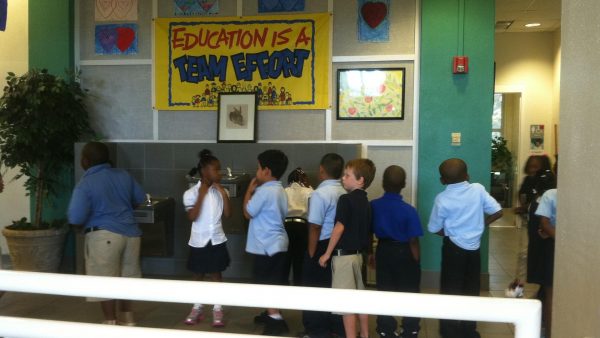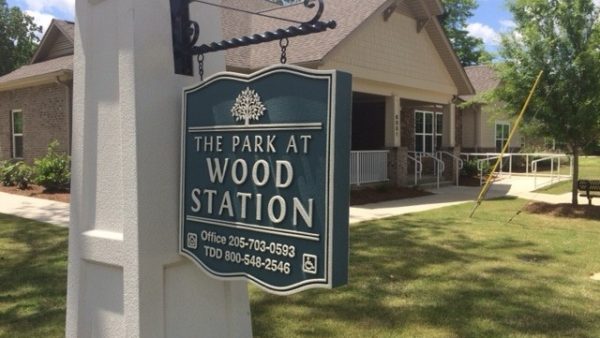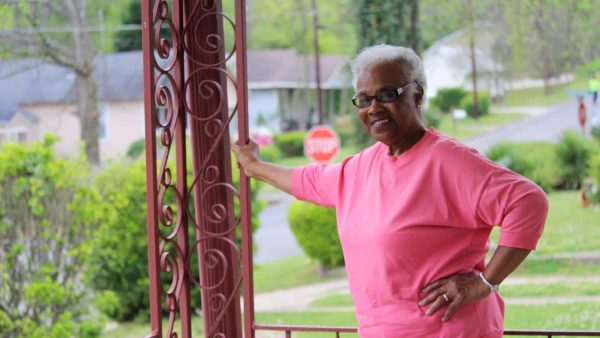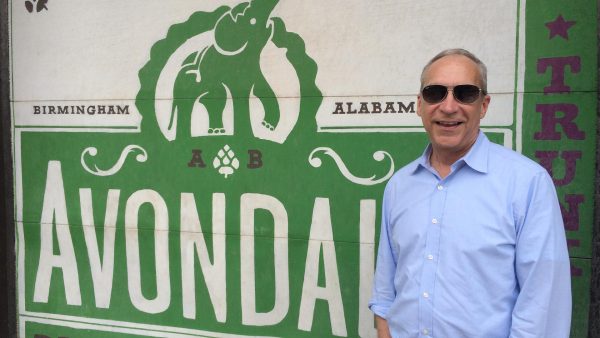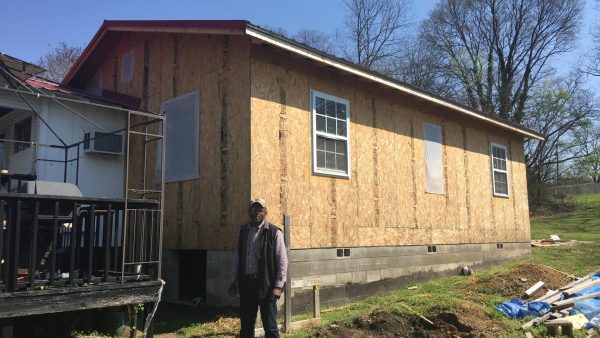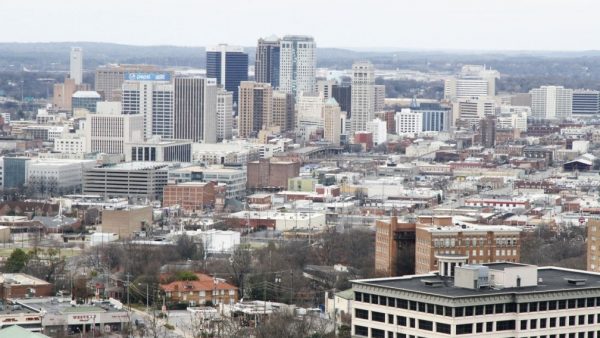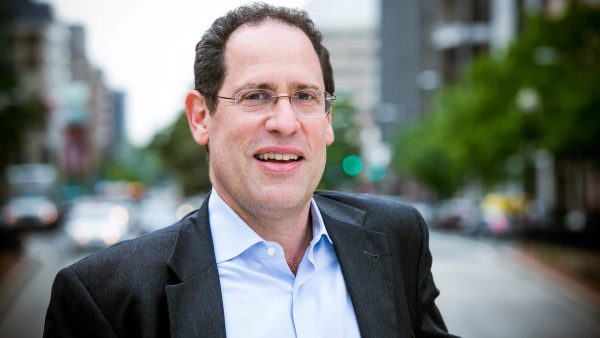Birmingham Revitalization
HUD Secretary Touts ‘Millions And Millions Of Dollars’ Coming To Birmingham For Infrastructure
One day after the Senate passed a $1 trillion infrastructure bill, Housing and Urban Development Secretary Marcia Fudge visited Birmingham Wednesday.
New Proposal Plans To Connect Birmingham’s City Center to Northwest Neighborhoods
A new urban development proposal plans to connect Birmingham's City Center to neighborhoods in the northwest quadrant of downtown which are separated by the interstate.
Opportunity Zone Apartments Aim for Affordability Downtown. Will They Be?
Many people can't afford to live in downtown Birmingham's high-end lofts and condos. They city's first Opportunity Zone development aims to change that. But some question how effective it will be.
Revitalization Planned for Historic Black Business District
The Fourth Avenue Business District in downtown Birmingham once teemed with life. But over decades, the area's experienced a decline. Many hope a revitalization effort underway could breathe new life into the district.
Restoration Work Begins on Historic A.G. Gaston Motel
Work has begun to restore the motel that was a headquarters for Rev. Martin Luther King Jr. during the civil rights movement.
Woodfin’s First Year: Priority Remains on Neighborhoods
Birmingham Mayor Randall Woodfin began his second year in office Thursday. When he was elected, he pledged to improve the quality of life in the city, and make it a safer, more economically vibrant place.
Development Planned for Blighted Sites North of Downtown
Change may be on the way for two sites in north Birmingham. Corporate Realty is preparing to redevelop the former Carraway Hospital site. Another group is planning lofts at the old Kirby School and a former armory site in Norwood.
Birmingham Council Approves $90 Million For Stadium, BJCC Expansion
The City of Birmingham will contribute $90 million over the next 30 years toward a new downtown and an expansion of the BJCC. The council voted 6 to 3 on Monday for the plan following a four-hour and at times contentious debate.
WBHM’s “On The Line” Talk Show Tackles Uneven Birmingham Revival
Walk around downtown Birmingham and there’s an energy you wouldn’t have felt a few years ago. Residents are moving to new lofts and apartments. Restaurants and retailers are opening. People do yoga at Railroad Park or take in a ballgame at Region’s Field. They’re visible signs of a Birmingham revival. But that revival is uneven. Talk to some in neighborhoods away from Downtown and they’ll say "revival" doesn’t mean much to them. No fancy lofts, just abandoned homes and potholed roads that never seem to be fixed. And all this takes place against the backdrop of Birmingham’s racial history, with investment, by-and-large, coming from whites in a city that’s been majority black for a generation.
Birmingham Revitalization: City Investments at Work in West Birmingham
Birmingham’s western business district is one of the city’s oldest. At one time, a thriving community of working class families surrounded it. A shopping mall anchored the retail center, and businesses, large and small, lined Third Avenue West. Now, it's a different story. The area has been in decline for decades. In 2011, the city Birmingham spent $46 million on the Birmingham Metro CrossPlex sports facility in hopes of giving the area an economic boost.
Birmingham Revitalization: An Alternative Model from Cleveland
When a city neighborhood rebounds, it’s typically a story of investors buying cheap property, building and attracting new residents. That runs the risk of pushing out current residents who are often poor. This week as we explore Birmingham’s revitalization, we have at an example from Cleveland of an alternative model – worker cooperatives.
Birmingham Revitalization: The View from a City School
You could call schools the glue of a community. They're starting points for friendships and networks, and they affect property values and economic development. For our series on revitalization in Birmingham, WBHM's Dan Carsen returns to a redeveloping neighborhood to see how that's playing out in the local school.
Birmingham Revitalization: Feelings of Hope, Fear in Woodlawn
Woodlawn was a predominantly white neighborhood until it was integrated in the 1970s. After that, many whites fled, migrating over the mountain and Woodlawn became predominantly black. And many of them left too. The Woodlawn Foundation is trying to change that with projects like the Park at Wood Station, a 64-unit townhouse complex on First Ave. South.
Birmingham Revitalization: Struggling to Keep Homewood’s Rosedale Neighborhood
The neighborhood of Rosedale is easy to miss, quietly tucked at the base of Red Mountain on the edges of Homewood. For years, residents of the community have been fighting to keep its historic character, but the city is expanding and there is a constant threat of commercial development.
Birmingham Revitalization: Developers Spur Growth in Avondale, Downtown
Behind every new coffee shop and oyster house and once-vacant building is a real estate developer. The same goes for parks and condos and baseball fields. To understand how developers choose where to invest, we'll start in Avondale.
Birmingham Revitalization: Some Neighborhoods Feel Ignored by City Hall
When David VanWilliams moved to Birmingham, he was looking for a fixer-upper and fell in love with the neighborhood of Inglenook. Inglenook sits just north of the airport. Like its southern neighbors, Crestwood and Avondale, Inglenook has turn of the century brick bungalows and wide streets with sidewalks. But unlike those other neighborhoods, potholes mark the road and many houses are in disrepair. Residents don’t have the money to fix them.
Birmingham Revitalization: While Downtown Grows, Frustrated Citizens Feel Left Behind
By certain indicators, Birmingham is having a moment. Boosted by the openings of Railroad Park and Regions Field, downtown’s seen almost 40 percent residential growth since 2000. Construction cranes dot the skyline, historic buildings are being restored, and the city was recently named a top destination by Lonely Planet and the Travel Channel. Despite this, Birmingham’s revitalization has only touched part of the city, leaving many longtime residents feeling ignored.
Birmingham and “The Metropolitan Revolution”
Downtown Birmingham and some nearby neighborhoods are seeing an influx of new residents, mainly young professionals and retired baby boomers. It’s a national trend -- the Census Bureau reports millions of Americans have migrated from the suburbs to the cities since 2010. Experts like Bruce Katz,a Vice President of the Brookings Institution and co-author of “The Metropolitan Revolution: How Cities and Metros Are Fixing our Broken Politics and Fragile Economy," think this is a good thing. Katz believes cities like Birmingham are the new economic engines in post-recession America. Katz spoke with WBHM's Greg Bass about his visit to Birmingham last year, and the central idea behind what he calls “The Metropolitan Revolution.”

